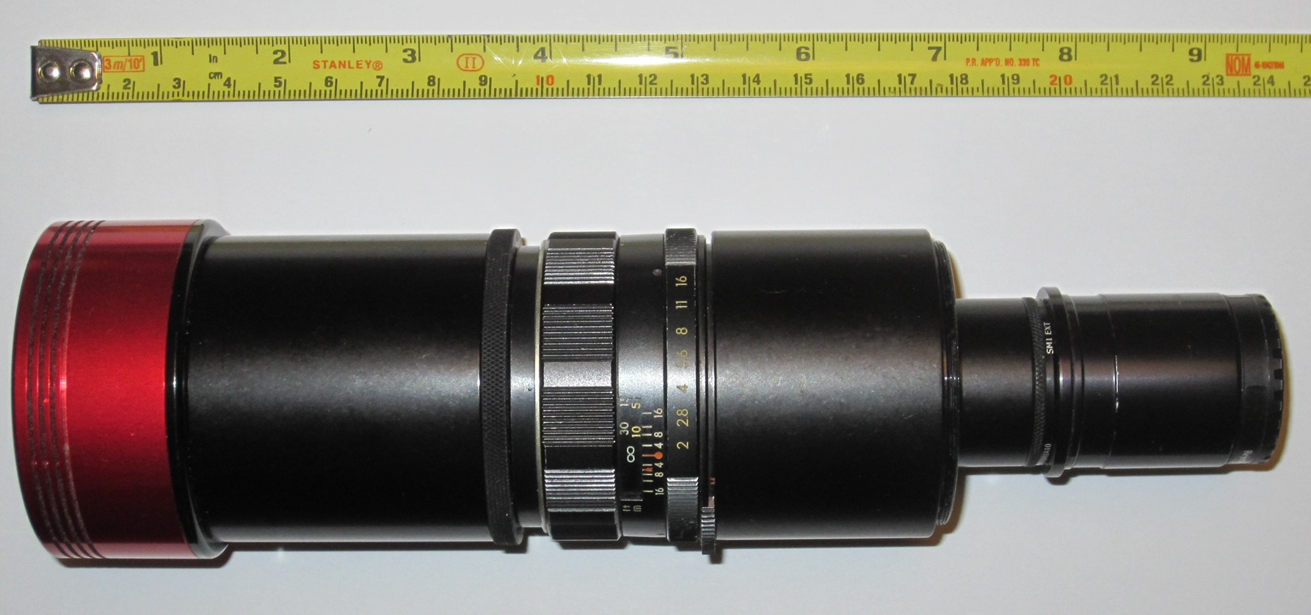Imaging the sodium cloud of Io
2024 August 9
Jupiter’s moon Io is the source of materials including sulphur and sodium that can be expelled from its vicinity into the Jovian environment to form clouds with varying shapes and locations. The sodium emission from these clouds can be imaged using relatively simple methods and equipment available to amateur astronomers. Changes in the brightness or size of the clouds may occur when they interact with the Io plasma torus and may also signal changes in Io’s tenuous atmosphere caused by eruptions from its volcanoes.
Introduction
The presence of a cloud of neutral sodium near Jupiter’s moon Io was discovered spectroscopically in 1972 by Brown,1 who detected the sodium D-lines in emission from Io and its vicinity. Io’s sodium emission has also been detected spectroscopically by amateurs.2 The material erupted from Io’s volcanoes is mainly sulphur, oxygen and their compounds with a few per cent of sodium, but sodium has a much larger cross-section for absorbing and re-emitting sunlight, and the emission from it is around 30 times brighter than that from the other elements. Images of the cloud at sodium wavelengths can thus be used to study the behaviour of material in the Jovian magnetosphere.

The sodium emission comprises several features, which are variable and dependent on Io’s position in its orbit.3 The brightest, first imaged by Goldberg et al. in 1984,4 is ‘banana-shaped’ and in the plane of Io’s orbit. It is sometimes accompanied by a jet that can extend several Jovian diameters outwards from Io, and/or by a ‘stream’ close to the Io plasma torus. This torus is composed of material mainly originating from Io that is ionised and trapped in Jupiter’s magnetosphere and rotates with it.5 A much larger and fainter sodium nebula surrounds the Jovian system. The various sodium emission features have been extensively studied because of the insight they provide about the plasma environment of Jupiter, but discussion of those studies is beyond the scope of this article.
Presented here are methods amateurs can use to image the sodium cloud, which henceforth refers to the aggregate emission from the sodium features.
Observations
Observational requirements
To detect the sodium cloud, the inner region of the Jovian system must be imaged through a narrowband filter transmitting the sodium D-lines at 589.0 and 589.6 nm. However, sunlight reflected from Jupiter itself overpowers the faint emission from the cloud unless the planet’s light is suppressed. To do this, an optical system similar to a coronagraph is needed, with a neutral filter to attenuate Jupiter’s disc without blocking it completely.
The photographic version of the well-known Baader solar filter, with a neutral density of 3.8, works very well for this. A narrow strip of the filter material is mounted at the image plane of the primary telescope, and an additional optical system relays the image to a camera via the sodium filter. This re-imaging system plus the camera is a self-contained unit, which the author originally built to image Mercury’s sodium tail. However, with a change of attenuating filter and a different primary telescope, it serves equally well for imaging Io’s sodium cloud.
Members can view the full illustrated article in PDF format by returning to the previous page. Not a member? Why not join today?
| The British Astronomical Association supports amateur astronomers around the UK and the rest of the world. Find out more about the BAA or join us. |
